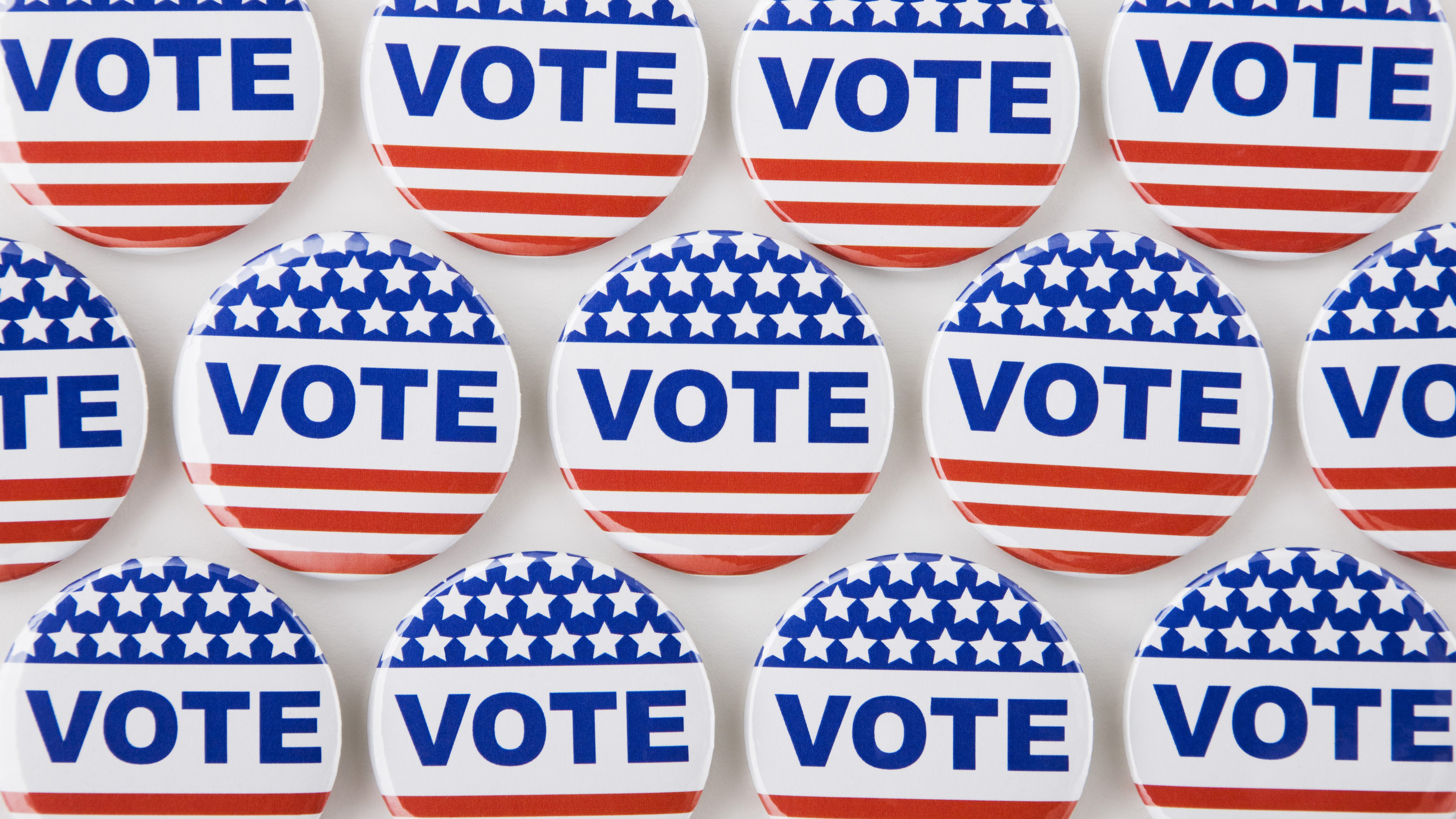The California Department of Public Health (CDPH) unveiled Tuesday details of a new metric that will help the state determine if a large county should slow down or accelerate reopenings based on how the COVID-19 infection in spreading in its most vulnerable communities.
The new "equity metric" is intended to address the spread of the novel coronavirus among the Black, Latino and Pacific Islander communities, all of which have been disproportionately affected by the virus for a variety of reasons.
"Most counties have significant differences in test positivity among more and less advantaged neighborhoods, with these differences often also overlapping with race and likelihood of employment as essential workers," the CDPH said.
The metric adds another measure California's largest counties, including San Diego, must meet in order to lessen restrictions, San Diego County Public Health Officer Dr. Wilma Wooten said Wednesday during the county's weekly update.
"It is important to note that this metric will be utilized to assess advancing to a less restrictive tier," Wooten said. "It will not, however, be used to move us to a more-restrictive tier."
Experts See ‘Health Equity Metric' as Positive for County's Hardest-Hit Communities
Local
In order to meet the equity metric, any county with a population greater than 106,000 must now ensure the test positivity rates in the most disadvantaged neighborhoods do not significantly lag behind the county's overall positivity rate.
The equity metric uses what's called the California Healthy Places Index (HPI) to determine where those vulnerable populations are. The county then has to ensure the testing positivity rate among the lowest quartile population is on track with the rest of the county.
San Diego County's current overall testing positivity rate is 3.5%, while our equity score is 6.2%, meaning testing positivity would need to drop significantly among vulnerable populations before there is any potential to move into a less-restrictive tier.
Wooten noted that even if we could meet the equity metric, San Diego County is still a long way from moving from our current Tier 2, also known as the red tier, into the less-restrictive Tier 3, known as the orange tier, due to the county's overall case rate, which was at 6.5 per 100,000 residents.
All counties must submit a plan to the state that shows how they plan to ensure disadvantaged communities are not being disproportionately affected, either by increasing testing and contact tracing, offering support for people to isolate, and education and outreach efforts, the CDPH said. This must be completed by next Thursday.
In San Diego County, that means ensuring essential workers have access to testing, to treatment and that there are protections in place to keep them safe, Wooten said.
County Supervisor Nathan Fletcher said local public health leaders have been aware that there is inequity in how communities are affected by the pandemic and have increased efforts to focus on those most affected.
"We've certainly been doing everything we can -- moving testing sites, moving testing locations, recently launched a partnership with the Mexican consulate, the Catholic Church, we have launched partnerships with cities and nonprofits for those communities that are most impacted, those communities of color, those historically underserved," Fletcher said.
According to the Centers for Disease Control and Prevention (CDC), race and ethnicity are markers for other underlying conditions that impact health, including socioeconomic status, access to health care, and underserved community member may be more at risk of being exposed to the virus through things like their jobs.

The CDC said in its latest data, which was released on Aug. 18, that Hispanics and Blacks were more than 2.5 times more likely than whites to be infected and more than 4.5 times more likely to be hospitalized from the disease. American Indians and Alaskan natives were nearly 3 times more likely to be infected and more than 5 times more likely to be hospitalized. As for those most likely to die from the disease, Blacks were twice as likely to be affected, followed by natives at a rate of 1.4.
Wooten said the state was developing a "playbook" to help counties in determining how they could address the needs of their most vulnerable communities. Details are expected to be released on Monday.



